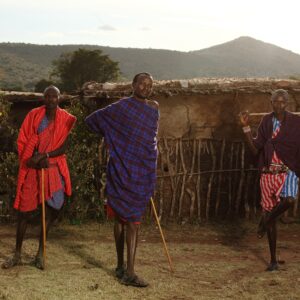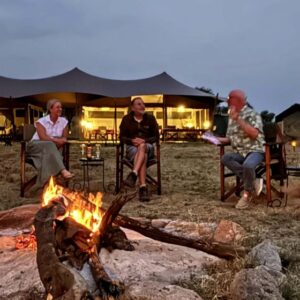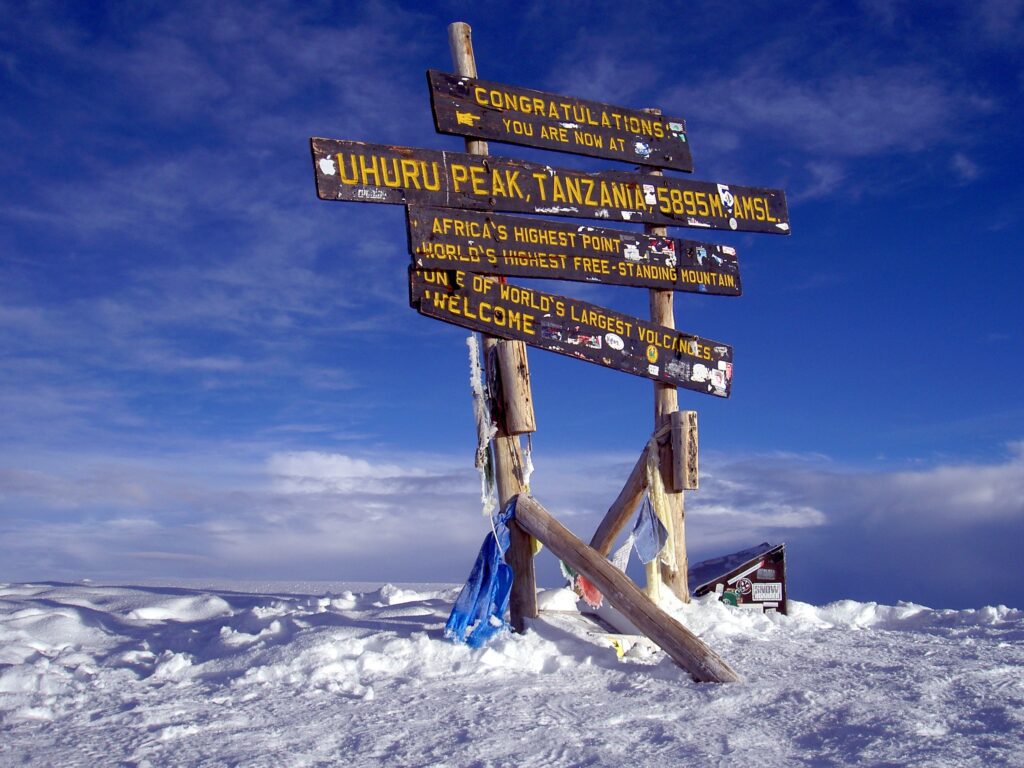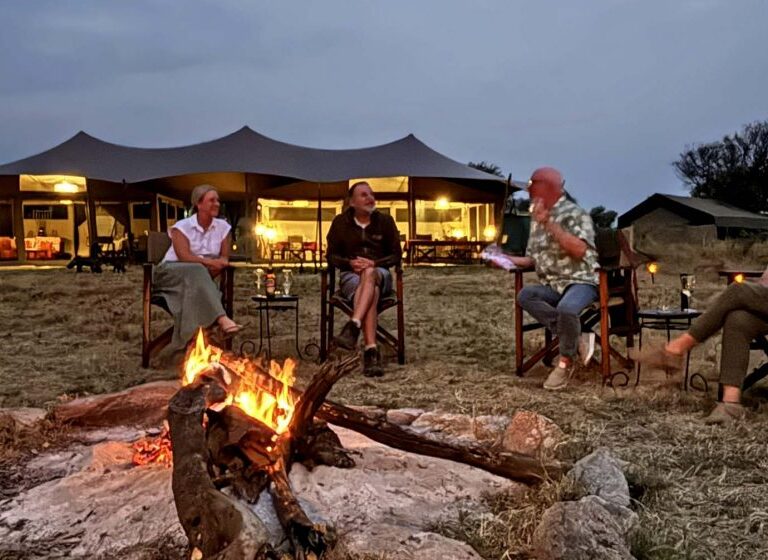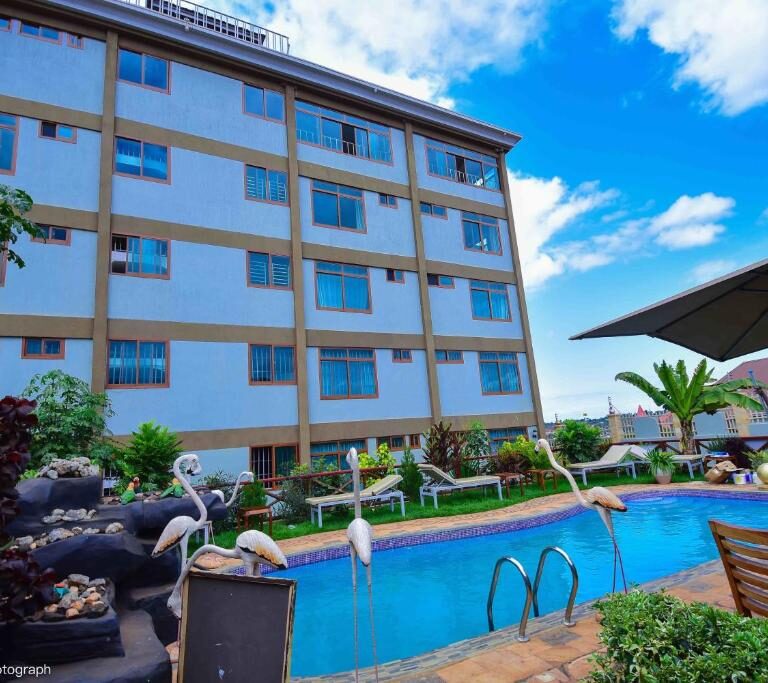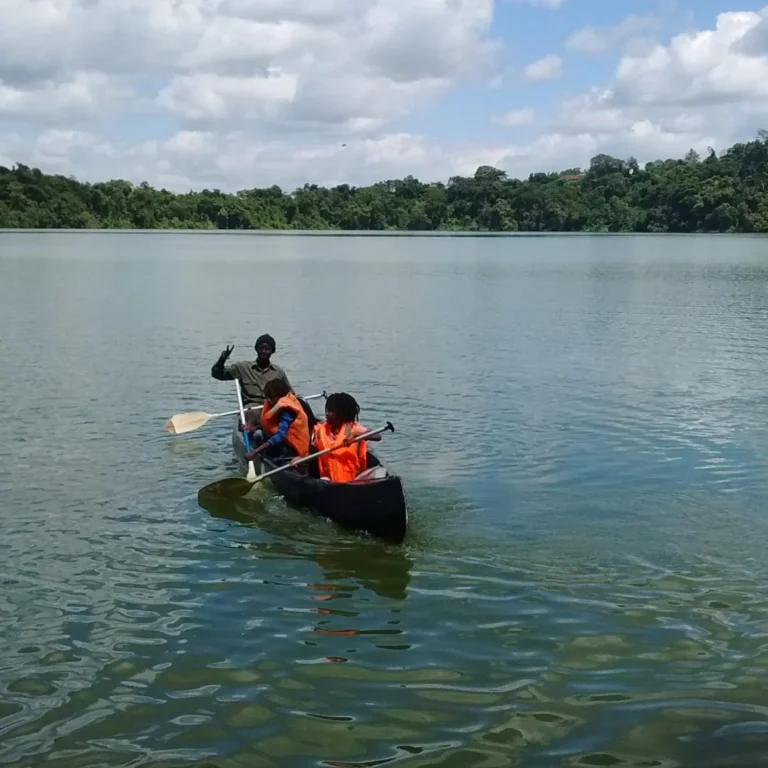A Guide To Personal Hygiene During Kilimanjaro Climb
Hygiene on High: Navigating the Shower Dilemma While Climbing Kilimanjaro. Climbing Mount Kilimanjaro is a thrilling adventure, but it comes with its own set of challenges, including the scarcity of modern conveniences. Among the many questions that arise for climbers is the issue of hygiene, particularly whether it’s possible to shower during the ascent. In this article, we’ll explore the nuances of maintaining personal hygiene on Kilimanjaro, discuss options available for staying clean, and address frequently asked questions to help climbers prepare for this iconic journey.
The Hygiene Conundrum
Kilimanjaro’s diverse landscapes, ranging from lush rainforests to arid alpine deserts, present unique challenges when it comes to personal hygiene. While the climb is a test of physical and mental endurance, maintaining cleanliness is essential for both comfort and health. However, the absence of traditional shower facilities at high altitudes requires climbers to adopt alternative methods to stay fresh. Shower Options on Kilimanjaro
Wet Wipes:
Wet wipes are a lightweight and convenient option for cleaning and refreshing during the climb. While they don’t replace a traditional shower, they can help remove sweat, dirt, and odor, providing a quick and portable hygiene solution.
Portable Showers:
Some tour operators provide portable shower setups or facilities where climbers can use a bucket or similar container to pour warm water over themselves. This option, while not as elaborate as a home shower, allows for a more refreshing experience.
Water Basins:
At some campsites, there may be water basins available for basic washing. Climbers can use these basins to freshen up, wash their face, and perform basic hygiene routines.
Natural Water Sources:
Depending on the route, there may be natural water sources such as streams or rivers. While these can be refreshing, it’s essential to follow environmental guidelines and use biodegradable soap to minimize ecological impact.
FAQs Do you Shower When Climbing Kilimanjaro?
No, there are no showers on Kilimanjaro. Due to the high altitude and remote conditions, climbers rely on alternative hygiene methods. Tour operators provide warm water for basic washing at campsites, and many trekkers use wet wipes for quick cleaning. Some luxury operators offer portable shower tents, but they are rare. To stay fresh, pack biodegradable wipes, hand sanitizer, and extra clothing. Maintaining personal hygiene with minimal water use is essential for comfort and environmental conservation.
Is There a Shower on Kilimanjaro?
Kilimanjaro lacks traditional shower facilities. However, some tour operators provide alternative options such as wet wipes, portable showers, or access to water basins.
Can I Bring My Shower on Kilimanjaro?
While a full-fledged shower is not practical, climbers can bring wet wipes, portable shower setups, or other compact hygiene products to stay fresh during the ascent.
How Often Can I Shower on Kilimanjaro?
The frequency of washing depends on personal preferences and the availability of water sources. While daily showers are not feasible, climbers can aim to freshen up every couple of days using alternative methods.
Can I Use Natural Water Sources to Shower?
Using natural water sources is possible, but climbers should be mindful of environmental conservation. Biodegradable soap is recommended, and individuals should avoid contaminating water sources.
What Hygiene Products Should I Bring?
Essential hygiene products include wet wipes, biodegradable soap, a small towel, toothpaste, and a toothbrush. These items contribute to personal cleanliness and overall well-being during the climb.
Do I Need to Shower Every Day on Kilimanjaro?
Daily showers may not be practical, but climbers can use wet wipes, water basins, or portable showers to maintain personal hygiene every few days.
Is It Possible to Stay Clean on Kilimanjaro?
While the climb presents challenges, it is possible to stay relatively clean using alternative hygiene methods. Wet wipes and other compact products are effective for maintaining personal cleanliness. Tips for Staying Hygienic on Kilimanjaro
Use Wet Wipes Wisely:
Wet wipes are a valuable resource for staying clean. Use them to wipe down your body, face, and other areas to remove sweat and dirt. Dispose of used wipes responsibly.
Bring Biodegradable Soap:
When using natural water sources or water basins, opt for biodegradable soap to minimize environmental impact. Follow the principles of Leave No Trace to protect the ecosystems.
Pack Compact Hygiene Products:
Choose travel-sized or compact versions of hygiene products to minimize weight and space in your backpack. Consider items like travel toothpaste, a small towel, and a compact toothbrush.
Embrace Dry Shampoo:
For climbers with longer hair, dry shampoo can be a convenient option to refresh the scalp and hair without the need for water. It absorbs oils and helps maintain cleanliness.
Choose Quick-Drying Clothing:
Opt for moisture-wicking and quick-drying clothing to manage sweat and moisture. This helps in preventing discomfort and minimizing odors.
Prioritize Foot Hygiene:
Foot hygiene is crucial on Kilimanjaro. Bring extra pairs of moisture-wicking socks, use foot powder to keep feet dry, and allow your feet to breathe during breaks.
Stay Hydrated:
Proper hydration is essential for overall well-being and can also contribute to maintaining personal hygiene. Drinking an adequate amount of water helps flush toxins from the body.
Environmental Considerations
Climbers on Kilimanjaro should be environmentally conscious and follow ethical practices to minimize their impact on the delicate ecosystems. This includes using biodegradable soap, disposing of waste responsibly, and avoiding contamination of natural water sources.
Where Do You Go to the Bathroom When Climbing Kilimanjaro?
When climbing Kilimanjaro, designated public toilets are available at campsites, but they can be basic. Most trekkers opt for private portable toilets, provided by tour operators for extra comfort. On the trail, you’ll find occasional ranger station toilets, but if nature calls between stops, you’ll need to go behind a rock or bush, following Leave No Trace principles. Always carry toilet paper and biodegradable waste bags to keep the mountain clean and minimize environmental impact.
Are There Showers on Kilimanjaro?
There are no showers on Kilimanjaro. Due to the high altitude and remote conditions, climbers rely on basic hygiene methods. Tour operators provide warm water for washing hands and face at campsites, and many trekkers bring wet wipes for a quick refresh. Some luxury operators offer portable shower tents, but they are rare. Staying clean on the mountain requires minimal water use and biodegradable wipes to maintain hygiene while preserving the environment.
How Do I Use Bathroom on the Kilimanjaro?
On Kilimanjaro, public toilets are available at campsites and some trail stops, but they are basic. Many trekkers prefer private portable toilets provided by tour operators for better comfort. While hiking, if you need to go, find a discreet spot following Leave No Trace principles. Carry toilet paper, biodegradable waste bags, and hand sanitizer. Proper disposal is essential to keep the mountain clean and protect the environment. Always follow your guide’s advice on responsible waste management.
What are the toilets on Kilimanjaro like?
Toilets on Kilimanjaro are mostly basic, wooden or metal structures with a hole in the ground, located at campsites and some trail stops. They can be smelly and not very clean due to heavy use. Many climbers prefer private portable toilets, provided by tour operators for extra hygiene and comfort. If nature calls on the trail, you’ll need to find a secluded spot and follow Leave No Trace principles. Carrying toilet paper and hand sanitizer is highly recommended.
Hygiene advice for women climbing Mt Kilimanjaro
Women climbing Kilimanjaro should pack essentials like biodegradable wet wipes, toilet paper, hand sanitizer, and zip-lock bags for waste disposal. A female urination device (FUD) can be useful for convenience. Bring extra underwear and consider moisture-wicking clothing for comfort. For periods, use tampons, menstrual cups, or pads and carry sealable bags for disposal. Stay hydrated, wash hands frequently, and follow Leave No Trace principles to maintain hygiene while keeping the mountain clean.
Conclusion: Do you shower when climbing Kilimanjaro?
Maintaining personal hygiene on Kilimanjaro requires a flexible and practical approach. While traditional showers are not available, climbers can stay clean and refreshed using alternative methods such as wet wipes, portable showers, and water basins. Adapting to the challenges of the climb and prioritizing hygiene contribute to a more comfortable and enjoyable experience on the slopes of Africa’s highest peak. As climbers navigate the breathtaking landscapes and diverse climates, a commitment to responsible hygiene practices ensures both personal well-being and environmental preservation.


